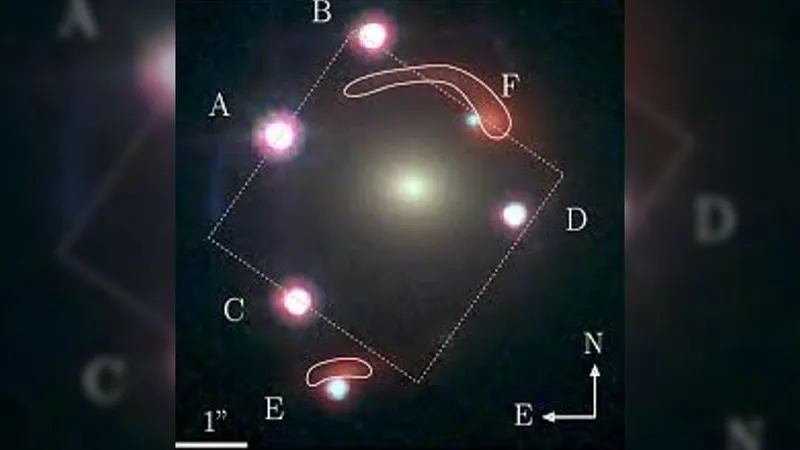
Stunning New Images Reveal Sun's Secrets: Unprecedented Views of Sunspots and Fiery Plasma
2024-11-20
Author: John Tan
Unveiling Features of the Solar Surface
The detailed visible light imagery from PHI revealed that the Sun's surface is composed of hot plasma—charged gas—constantly in motion. The temperature ranges from 4500°C to 6000°C, radiating the majority of the Sun's energy. Beneath the visible layer lies a swirling convection zone, resembling magma movement within Earth's mantle. The grainy texture captured in the images reflects this turbulent activity.
Among the most striking findings are the sunspots, which appear as dark anomalies on the otherwise bright surface. These cooler regions emit less light due to their concentration of magnetic activity. PHI’s magnetic map—referred to as a magnetogram—demonstrates that magnetic forces in these areas can disrupt the convective flow of plasma, leading to lower temperatures within the sunspots.
PHI also generated a unique velocity map, indicating the speed and direction of the plasma movement at the Sun's surface. With blue indicating movement directed towards the spacecraft and red indicating outward flow, this map reveals the interplay between the sunspot activity and the Sun’s broader rotational dynamics.
Journey to Capture and Assemble the Images
The images were taken when Solar Orbiter was merely 74 million kilometers from the Sun, a proximity that allowed for extraordinary detail in the imagery captured. Given the spacecraft's close distance, each image covered only a small segment of the Sun at a time, requiring careful tilting and rotation of the spacecraft to piece together a complete picture.
The impressive mosaics presented are a combination of 25 individual images taken over more than four hours, resulting in a stunning depiction of the Sun's surface with a diameter encompassing nearly 8000 pixels. The intricate processing needed for PHI's mosaics was complex and pioneering, paving the way for even faster and more efficient data handling in the future.
What’s Next for Solar Science?
This remarkable achievement not only enhances our understanding of solar activity but also sets the stage for future investigations into solar phenomena and their influence on space weather—events that can have profound effects on Earth, such as disrupting satellite communications and power grids.
As Solar Orbiter continues its journey into the heart of our solar system, scientists anticipate that these magnificent high-resolution mosaics will be produced twice yearly. Get ready for even more breathtaking reveals from our ever-evolving star!




 Brasil (PT)
Brasil (PT)
 Canada (EN)
Canada (EN)
 Chile (ES)
Chile (ES)
 España (ES)
España (ES)
 France (FR)
France (FR)
 Hong Kong (EN)
Hong Kong (EN)
 Italia (IT)
Italia (IT)
 日本 (JA)
日本 (JA)
 Magyarország (HU)
Magyarország (HU)
 Norge (NO)
Norge (NO)
 Polska (PL)
Polska (PL)
 Schweiz (DE)
Schweiz (DE)
 Singapore (EN)
Singapore (EN)
 Sverige (SV)
Sverige (SV)
 Suomi (FI)
Suomi (FI)
 Türkiye (TR)
Türkiye (TR)